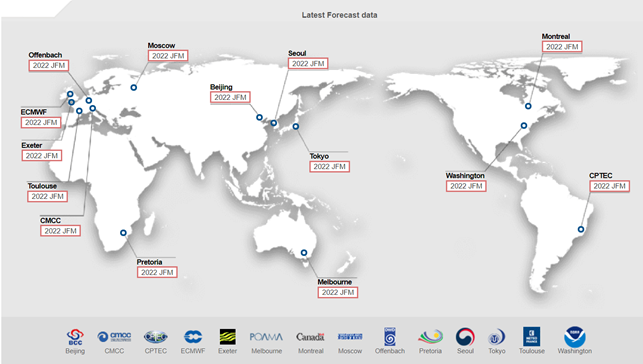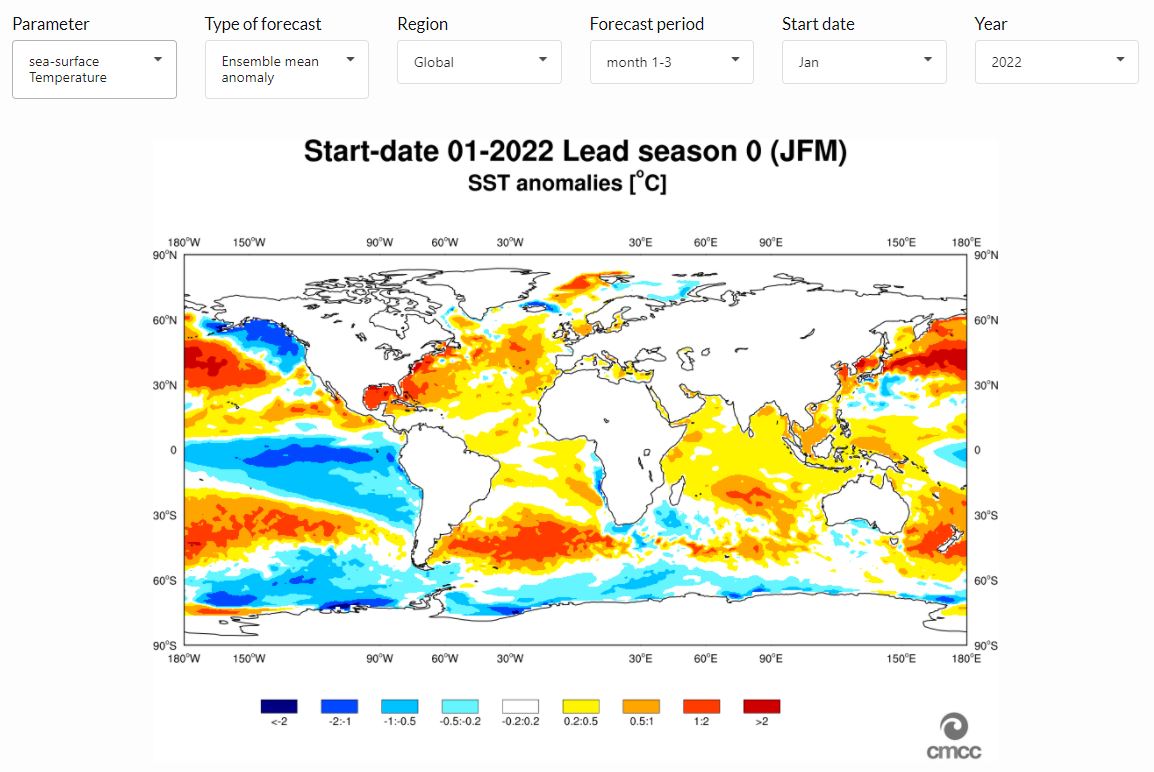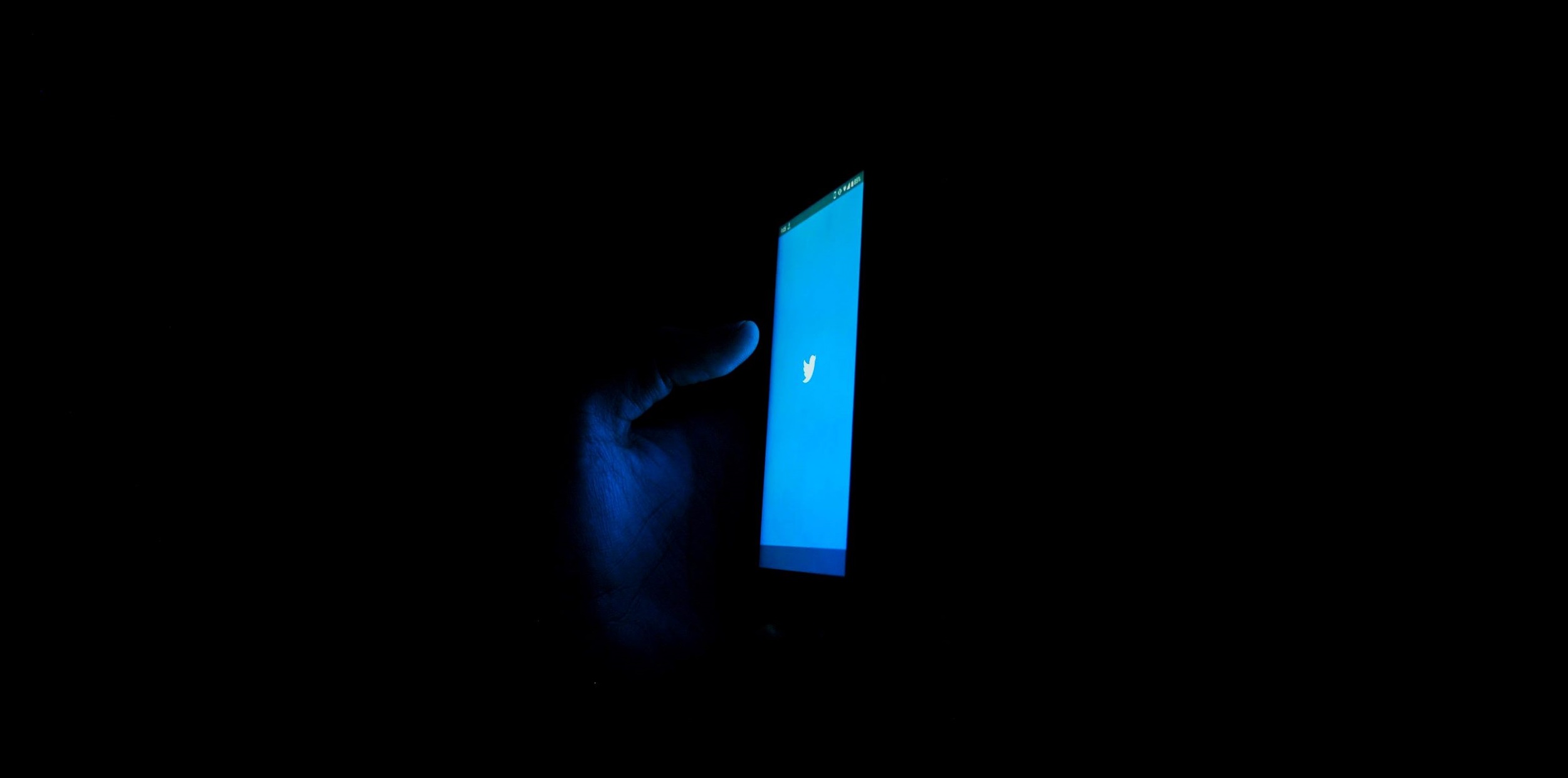Despite La Niña’s cooling influence, temperatures are expected to be above average between September and November, especially in the northern hemisphere, because of the strong signal of climate change.
WMO’s Global Seasonal Climate Update, September 2021
New climate predictions show an increased likelihood of temporarily reaching 1.5 °C in the next 5 years.
WMO’s Global Annual to Decadal Climate Update for 2021–2025, May 2021
Clear, fresh, updated, reliable, science-based information of high value for countless sectors of society. Vital information that can help decision-makers plan and prepare for future crises that, as science improves its forecasting capacity, become increasingly predictable.
Behind these announcements, is the excellence of the international scientific community working on weather and climate forecast information.
Forwarding the production of such information is no longer a purely scientific interest. It is a need expressed by society, the economy, and decision-makers to reduce the uncertainty of a future that is increasingly put under pressure by climate change impacts, including extreme weather events. A request for reliable and precise information that facilitates policy decisions and the planning of economic activities whose success depends on weather conditions, to protect lives and livelihoods.
The above announcements were made by the World Meteorological Organization (WMO), a specialized agency of the United Nations and internationally recognized authoritative voice in the field of weather, climate, and water resources. Behind the production of such information, there are tens of research centres worldwide, tens of models, and hundreds of scientists. The most advanced research, selected through accurate procedures to guarantee the highest standards and the greatest quality of information, resting on the full history of two scientific disciplines, meteorology and climatology, and methods developed over the last century to improve the reliability of forecasts at different time scales and for different scopes.
Seasonal forecasts: history of a convergence that made them possible
To make certain decisions, or be prepared for extreme events, weather forecasts – which cover a time horizon of a few days – may not be enough.
Seasonal forecasts provide information about likely conditions averaged over the next few months, a time frame which can be of high value for several sectors and actors: from agriculture to energy production, from water management to humanitarian aid providing a valuable tool with which to adapt to climate variability.
Meteorology and climatology are two different branches of the atmospheric sciences that share many aspects but have different time scales and different goals. Meteorology studies the conditions of the atmosphere for a specific location and time, focusing on events that will occur in the coming hours or days. Climatology studies average weather conditions over a period of decades.
The first meteorological forecasts were developed in the 50’s. They were then refined over a period of decades, improving their accuracy step by step.
“The difference among the temporal scales addressed by meteorology and climatology kept them – and their respective scientific communities – relatively far from each other until the 80’s, when the first attempts to produce climate forecasts at seasonal time scales were born in the USA and Europe,” explains Silvio Gualdi, geophysicist and climatologist, leader of the Climate Simulations and Predictions Division at the CMCC Foundation.
“In that period, with the improvement of climate and weather models, the climate modelling community began to realize that, since the climate is made up of weather events originated by atmospheric and oceanic circulation, our ability to simulate and represent the climate is tied to the ability of our models to represent weather events. This is how the two disciplines came to converge. On the one hand, the meteorological centres extended the time horizon of their studies further and further, arriving today at the so-called ‘medium-long range forecasts’, which look at the weather from 10 to 15 days ahead. On the other hand, the community of climate modellers explored ways to predict the equilibrium of the climate system for the next seasons or for the next few years by studying processes – like El Niño – that are at the basis of interannual climate variability.”

What was initially experimental research, finally became an operational activity, aimed at producing information that can be used by many economic sectors and that can help in better defining climate-related risk levels and adaptation strategies.
The WMO began designating centers making global seasonal forecasts as “WMO Global Producing Centres for Long-Range Forecasts” in 2006. In 2021, they appointed the CMCC Foundation – Euro-Mediterranean Center on Climate Change as the fourteenth (and the only Italian) center worldwide that responds to a series of well-defined standards in the production of seasonal forecasts at a global level.
The seasonal forecasts produced by the fourteen designated centers through their models feed the Global Seasonal Climate Update, a bulletin issued quarterly by the WMO since 2019 that summarizes the current status and the expected future behaviour of the global seasonal climate.
How the Italian community reached the forefront of long-range forecasts
“The CMCC Foundation has a long experience in the field of climate predictions making it one of its most important assets and becoming one of the few centers at the international level to produce climate forecasts at many different time scales,” affirms Dr. Gualdi.
Together with CMCC President Antonio Navarra, Gualdi is one of the main scientists behind the Italian contribution to the history of climate variability forecasting on seasonal and multi-annual time scales. Enriching their expertise as they moved from one research institution of excellence to another, where both worked on seminal research projects in the field, Navarra and Gualdi, with the contribution of the CMCC seasonal prediction team, led the CMCC Foundation to become a regular provider of seasonal forecasts for the European Copernicus Climate Change Service first (since 2018), and later for the WMO. Every month, the CMCC produces seasonal forecasts for the next two seasons. What was initially a purley research centred activity, has now become a valuable service for the whole of society, and offered regularly to decision-makers in a wide range of economic sectors worldwide.

Source: sps.cmcc.it
“The formal procedure for the CMCC to become a designated WMO Global Producing Centre for Long-Range Forecasts lasted about two years and concluded in 2021,” explains Dr. Gualdi. “The process has been slowed down not only by the red tape that characterises an organization of such relevance and dimension, but also due to COVID-related restrictions, which did not allow meetings of WMO technical panels that had to evaluate the candidature, as well as the decision-making assemblies, to be held on schedule.”
On top of providing monthly seasonal forecasts, the CMCC Foundation produces a yearly decadal forecast at a global level. With this activity, CMCC scientists contribute to another WMO group which coordinates the global decadal forecasts, namely the WMO Lead Centre for Annual-to-Decadal Climate Prediction. The group is led by the Met Office – the UK’s national weather service – and contributes to the production of the WMO’s Global Annual to Decadal Climate Update. The bulletin provides the best possible forecasts of temperature, rainfall, wind patterns and other variables for the coming five years by harnessing “the expertise of internationally acclaimed climate scientists and the best prediction systems from leading climate centers around the world to produce actionable information for decision-makers,” reads the WMO.
Today, we produce forecasts of weather phenomena or abnormal weather conditions. In the coming future, we will be able to make direct predictions on the impacts they will cause.
Silvio Gualdi, CMCC Foundation
The CMCC’s designation as a WMO Global Producing Centre is a first for Italian institutions. “Within the WMO, Italy had never contributed to global forecasting,” adds Gualdi. “Its role was always linked to seasonal forecasts at a country level. For the Italian scientific community, the designation of the CMCC as a WMO Global Producing Center is an important recognition of the advancements made in this field in the last years in our country, and of the achievement of technical capabilities that place Italy at the level of other EU centers that are active in this field.”

Predicting the impacts is the new frontier
The worldwide scientific community is committed to producing forecasts, and thus useful information for society, at all time scales – from a few hours to many years and decades – with increased reliability.
Such advancements go hand in hand both with a growing know-how, and with increasing computational capacity allowed by the most recent supercomputing infrastructure which is needed to operate the complex numerical models on which the forecasting systems are based. The CMCC’s Supercomputing Center, the only computational facility in Italy specializing in climate change research, is one of these infrastructures.
In this direction, the information produced by science will become increasingly relevant and useful for people and will translate to direct impacts on their daily life.
“The next step will be to integrate the forecasting models of climatology and meteorology with impact models,” concludes Gualdi. “Today, we produce forecasts of weather phenomena or abnormal weather conditions. In the coming future, we will be able to predict the direct impacts they will cause. This will allow us to be more prepared to cope with weather and climate-related risks. To name a few possible applications, we will be able to provide information on the future impacts on energy production and demand, on agriculture, and on the availability and demand for water resources.”






